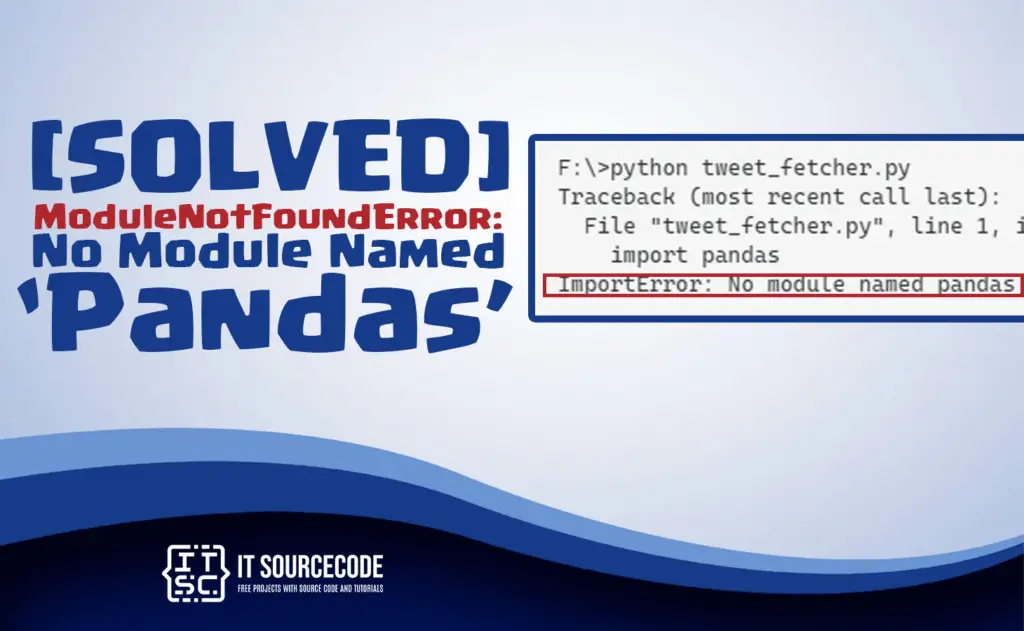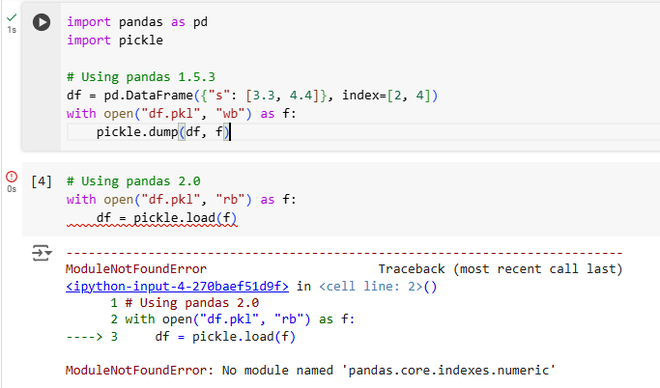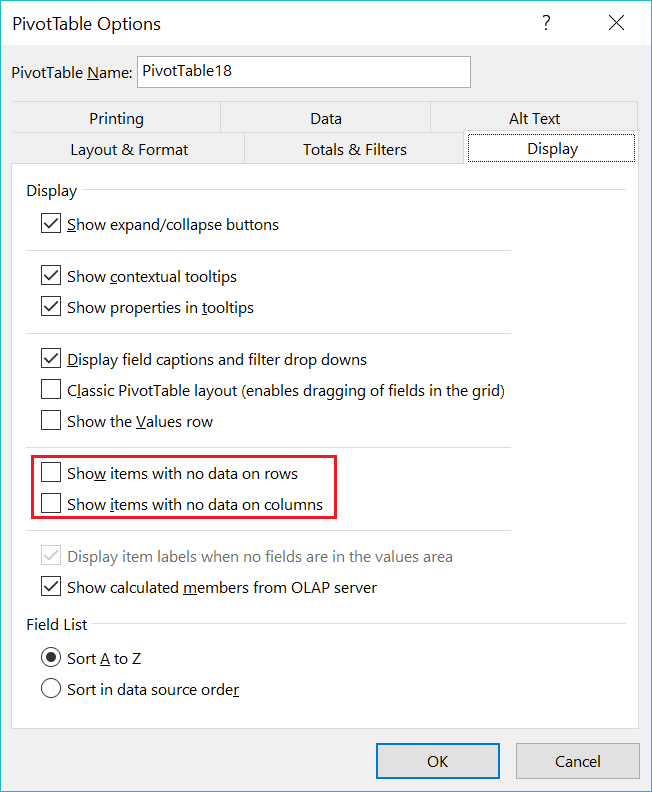Resolving Pandas ModuleNotFound Errors Easily

Python's Pandas library has become an indispensable tool for data scientists and analysts, offering powerful data manipulation and analysis capabilities. However, beginners and experienced developers alike can encounter the frustrating ModuleNotFoundError when working with Pandas, often due to issues with installation or environment configuration. This article aims to guide you through troubleshooting and resolving these errors efficiently.
Understanding Pandas and Its Importance

Pandas is a Python library that provides data structures and data analysis tools for working with structured data, such as CSV files, Excel spreadsheets, or SQL tables. Its two primary data structures, Series (1-dimensional) and DataFrame (2-dimensional), allow for efficient handling and manipulation of data, making it an essential tool in the data analysis and machine learning workflows.
Despite its importance, Pandas installations can sometimes lead to the ModuleNotFoundError, which can be daunting for developers, especially those new to the Python ecosystem.
Common Causes of Pandas ModuleNotFoundError

The ModuleNotFoundError in Pandas can arise from a variety of issues, including:
- Missing Installation: The most obvious cause is simply not having Pandas installed in your Python environment. This could be due to a recent system update, a fresh installation of Python, or a clean virtual environment.
- Incompatible Python Version: Pandas supports a specific range of Python versions. If you're using an older or newer version of Python than what Pandas supports, you might encounter this error.
- Corrupted Installation: Sometimes, a Pandas installation can become corrupted, leading to errors. This could be due to system glitches, incomplete installations, or conflicts with other libraries.
- Dependency Issues: Pandas relies on several other libraries, such as NumPy and PyArrow. If these dependencies are not properly installed or are out of date, they can cause Pandas to malfunction.
Step-by-Step Guide to Resolving Pandas ModuleNotFoundError
Here’s a systematic approach to troubleshooting and fixing Pandas ModuleNotFoundError:
1. Check Your Pandas Installation
The first step is to confirm whether Pandas is installed in your Python environment. You can do this by opening a Python terminal or a Jupyter Notebook and typing:
import pandas as pd
If Pandas is installed correctly, this command should run without errors. If you encounter an error similar to ModuleNotFoundError: No module named 'pandas', then Pandas is not installed.
2. Install Pandas
If Pandas is not installed, you can install it using pip, the Python package installer. Open your terminal or command prompt and run the following command:
pip install pandas
This command will install the latest stable version of Pandas. If you prefer a specific version, you can add the version number after pandas, like pip install pandas==1.4.0.
3. Verify the Installation
After installing Pandas, it’s crucial to verify that the installation was successful. Return to your Python terminal or notebook and try importing Pandas again:
import pandas as pd
If Pandas loads without errors, you've successfully installed it. If the error persists, move to the next step.
4. Check Your Python Version
Pandas is compatible with a specific range of Python versions. To check your Python version, run the following command in your terminal or command prompt:
python --version
Compare your Python version with the official Pandas documentation to ensure you're using a supported version. If your version is not supported, consider upgrading or downgrading your Python installation.
5. Check for Dependency Issues
As mentioned earlier, Pandas relies on several other libraries. If these dependencies are not properly installed or are out of date, they can cause issues. To check and update your dependencies, run the following command:
pip install pandas --upgrade
This command will update Pandas and its dependencies to the latest versions. If the error persists, it's worth checking the versions of libraries like NumPy and PyArrow individually.
6. Consider Using a Virtual Environment
If you’re working on multiple projects with different Python version or library requirements, it’s a good practice to use virtual environments. Tools like venv (built-in to Python 3.4 and later) or virtualenv can help create isolated Python environments, ensuring that each project has its own set of libraries.
Real-World Examples and Scenarios
Let’s walk through a couple of real-world scenarios where Pandas ModuleNotFoundError might occur and how to resolve them.
Scenario 1: Fresh Python Installation
You’ve just installed a fresh version of Python on your machine and are eager to start working with Pandas. However, when you try to import Pandas, you encounter the ModuleNotFoundError. In this case, the solution is straightforward - install Pandas using pip as shown in Step 2 above.
Scenario 2: Corrupted Installation
Imagine you’ve been working on a project for a while and suddenly encounter the ModuleNotFoundError for Pandas. You’ve confirmed that Pandas is installed, and your Python version is supported. In this scenario, the issue could be a corrupted installation. To resolve this, you can try reinstalling Pandas, ensuring that any dependencies are also up-to-date.
Performance Analysis and Future Implications

Resolving Pandas ModuleNotFoundError is crucial for the seamless execution of data analysis tasks. While the installation process is generally straightforward, issues can arise due to a variety of factors. By understanding the common causes and following a systematic troubleshooting approach, developers can quickly resolve these errors and focus on their data analysis tasks.
As Pandas continues to evolve, its installation process and dependency management are likely to improve. However, given the diverse range of Python versions and libraries, some issues are bound to persist. Regular updates and a proactive approach to library management can help mitigate these problems.
Conclusion
In conclusion, while Pandas ModuleNotFoundError can be frustrating, it is often resolvable with a systematic approach. By understanding the potential causes and following the steps outlined in this article, developers can efficiently troubleshoot and resolve these errors. Remember, a well-managed Python environment with up-to-date libraries is key to a smooth data analysis workflow.
What is the primary function of the Pandas library in Python?
+Pandas is primarily used for data manipulation and analysis. It provides data structures like Series and DataFrame to efficiently handle structured data, making it an essential tool for data scientists and analysts.
Why do ModuleNotFoundError errors occur when using Pandas?
+
These errors can occur due to a variety of reasons, including missing Pandas installation, incompatible Python versions, corrupted installations, or issues with Pandas’ dependencies, such as NumPy and PyArrow.
How can I check if Pandas is installed in my Python environment?
+You can check if Pandas is installed by opening a Python terminal or notebook and typing import pandas as pd. If Pandas is installed, this command will run without errors. Otherwise, you’ll see a ModuleNotFoundError.



